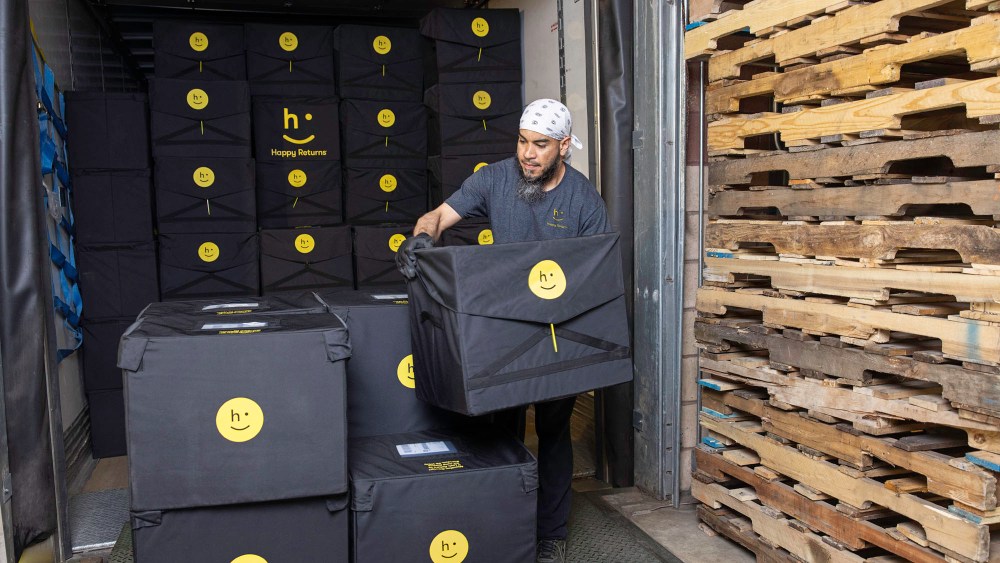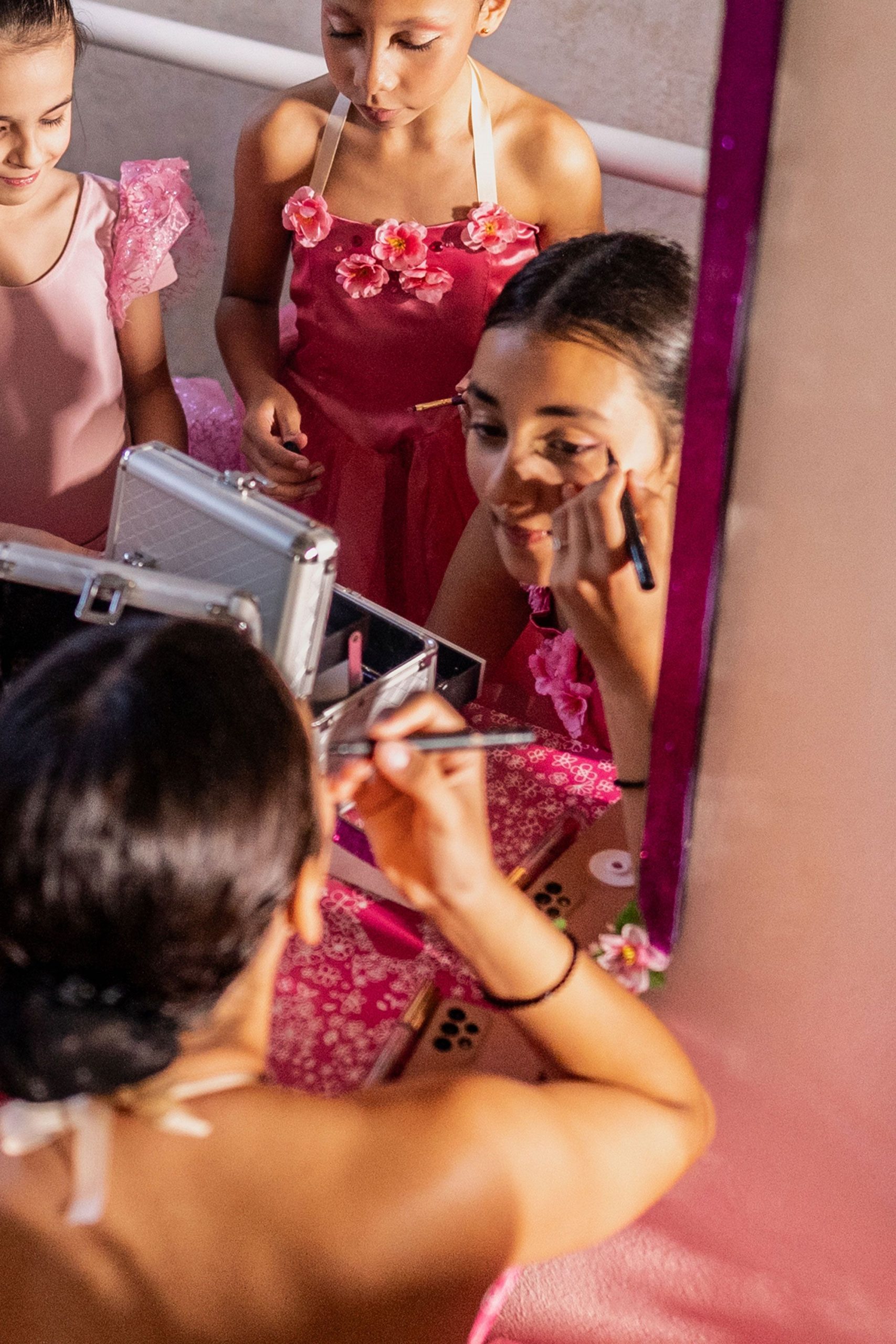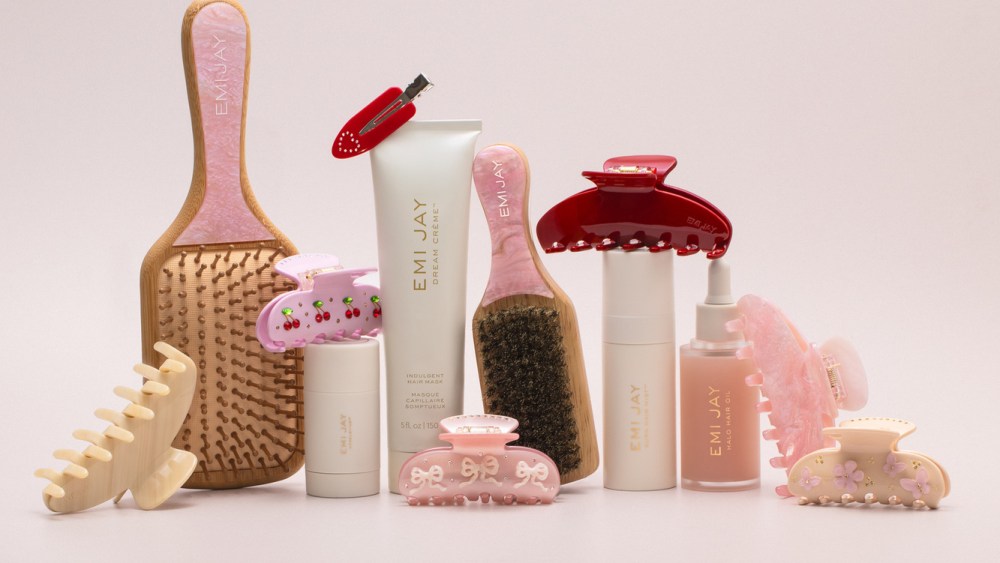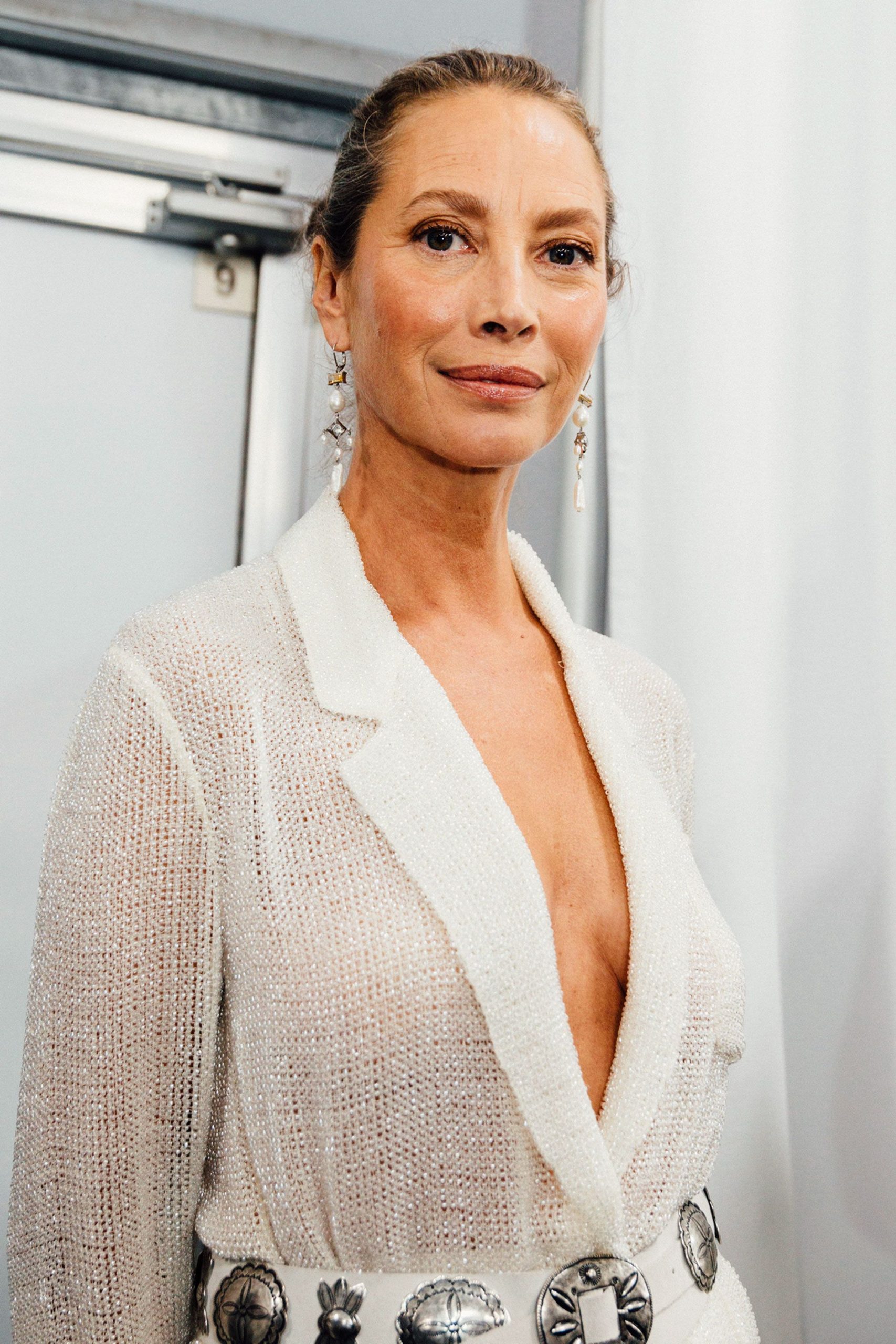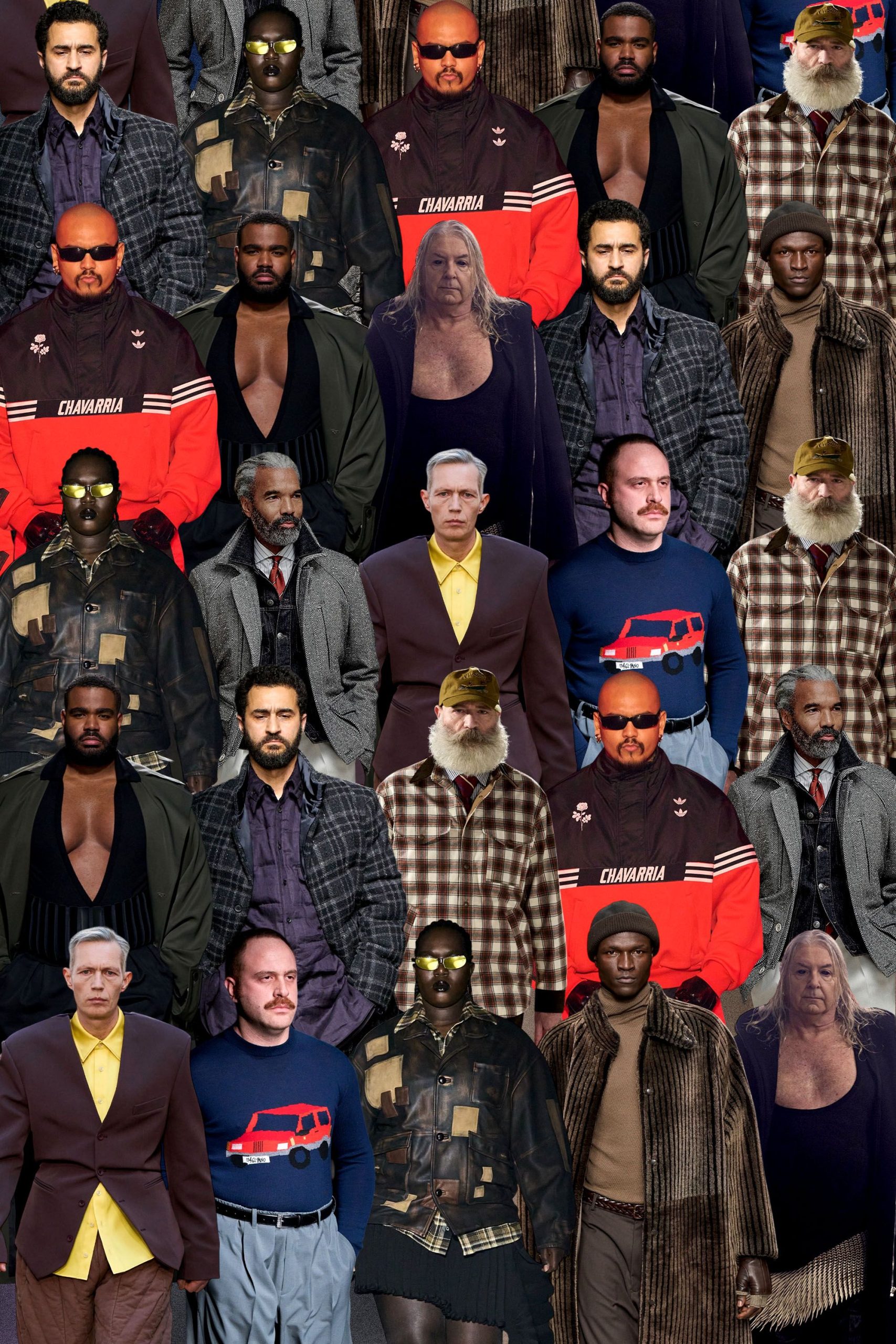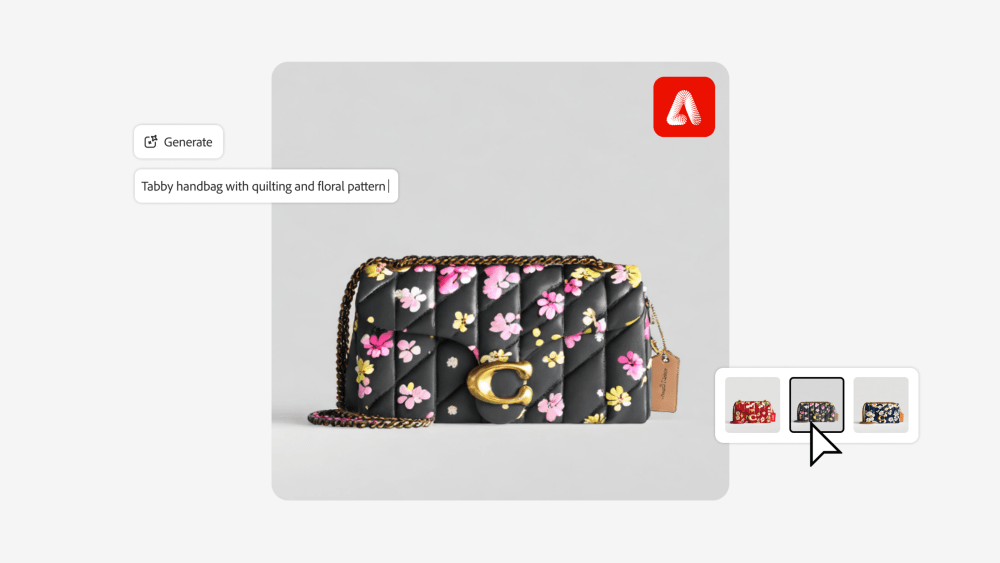
Tapestry is working with Adobe to gain ground on a fast-emerging trend in design and product development — digital twinning.
Digital twins are virtual replicas of physical products, created by inputting text and photos that get converted into images. For companies such as Tapestry, the parent of Coach, Kate Spade New York and Stuart Weitzman, virtual replicas aid in the design process, in digital marketing and in consumer research. They speed the process of product development, detect design flaws to trigger adjustments, are used for focus groups and to help brands create fewer physical samples. Digital twins also enable teams to more easily experiment with new concepts while obtaining consumer feedback.
McKinsey has reported that the global market for digital-twin technology will reach $73.5 billion by 2027.
You May Also Like
According to information from Tapestry and Adobe, the fashion company is now leveraging generative AI through Adobe Firefly, which the tech giant described as a “commercially safe family of creative generative AI models.”
Tapestry “trained” Adobe Firefly to ingest different “Coach codes,” which are design components such as the hang tag or nuances around materials and hardware. This means that when text prompts are used to generate a new digital twin, the image will match the brand’s identity, eliminating potential trademark issues.
Tapestry has been utilizing Adobe Firefly since around late 2024, but the firms waited to publicly disclose the initiative until they felt comfortable the collaboration was effective.
“The team had a breakthrough moment where an initial test of their Firefly Custom Model produced tailored digital twins that accurately mirrored products already seen on store shelves,” Adobe said in a statement. “It was a big unlock that allows Tapestry to scale a critical internal service — allowing teams to better ideate and deliver products that resonate.”
J.J. Camara, Tapestry’s senior director of digital product creation, said: “We understood the potential for generative AI to alleviate the bottlenecks that were preventing us from scaling our digital twins, but we needed a trusted partner that was reliable and ethical in their approach to the technology. We have a long relationship with Adobe, and our teams love their design tools. We felt confident in what Adobe Firefly could generate, and the result from our customized model will dramatically change how we support our brands from concept to consumer.”
Asked if any products created with the help of digital twins have been available to shoppers so far, Camara replied through an email: “Yes. Our Tapestry digital product creation team has been developing digital twins to create, make and sell our products. This is true across our brands — Coach, Kate Spade and Stuart Weitzman — and product categories. Today, we use 3D modeling software and Adobe Substance to create and visualize our digital twins. Over the last two years, the need for these assets has dramatically increased, prompting us to seek out new innovative tools like Adobe Firefly Custom Models & AI Services, to meet this need.”
Asked about the impact of digital twinning, Camara said: “Digital twins are used in product development to create and make our products. But they are also leveraged across Tapestry for selling. Because these digital twins are so accurate they are used for customer experience, strategy and e-commerce.”
Camara pointed to in-store experiences, gaming, focus groups, social media, digital selling and customization, adding that, “It has been challenging to satisfy all of these use cases across our house of brands and product categories, which is why we are excited for Firefly to help us scale.”
Aside from digital twins being used by Tapestry’s design teams and consumer focus groups, the company’s strategy and global visual experience teams use digital twins to scale content for social media campaigns and in-store merchandising. But Camara sees Adobe Firefly having “a big influence” on design for spring 2026.
Tapestry is charged by Adobe Firefly based on the number of custom models that are trained.
Asked what other brands use Adobe for digital twins, an Adobe representative said via email: “Tapestry is the first Generative AI-powered digital twin example we are sharing publicly. In the past, we have shared how brands like Hugo Boss, Burberry and Salomon have used non-Gen AI Adobe tools [Adobe Substance 3D] to create digital twins, which works great for them. Every brand has different needs, and Tapestry is showing a different approach with Gen AI.”


